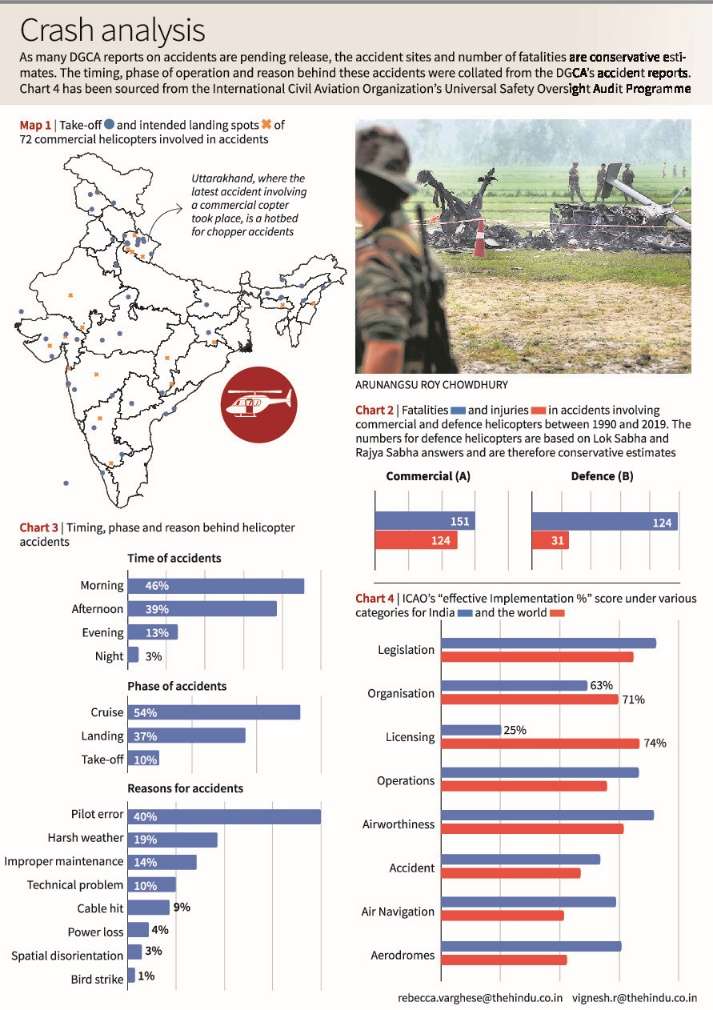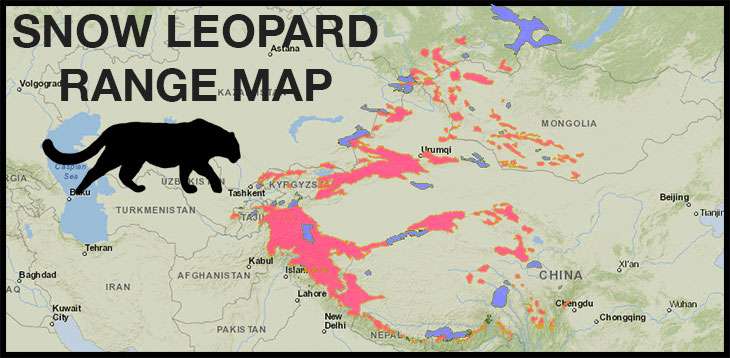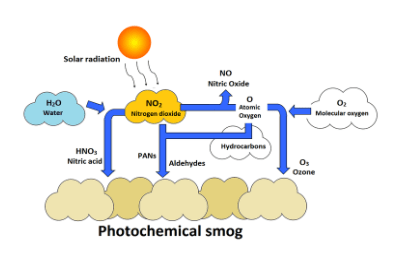CONTENTS
1) Helicopter accidents
2) Snow leopard
3) Smog
4) Falcon rocket
5) Prelims ,PIB
HELICOPTER ACCIDENTS
CONTEXT – In October, 13 people were killed in three accidents in India involving helicopters. On October 5, an Army aviation pilot was killed after a Cheetah helicopter crashed near Tawang in Arunachal Pradesh. On October 18, a commercial chopper ferrying pilgrims from Kedarnathcrashed.
Uttarakhand is hotbed for such accidents
Reasons
1. Pilot errors are the top cause contributing to 40%.
2. Harsh weather – 19% .Mostly in areas carrying piligrims
3. Improper maintenance
4. Technical problem- 10%
5. Others-Cable hit or bird hit, Power loss, Spatial disorientation.
Air route traffic control centers (ARTCC) – Controls routes and traffic of helicopters
Directorate General of Civil Aviation. The Directorate General of Civil Aviation (DGCA) is the regulatory body in the field of Civil Aviation, primarily dealing with safety issues.
a. Became A statutory body under the Aircraft Act, 2020.
b. Under Ministry of Civil Aviation.
c. Investigates aviation accidents and incidents.
d. HQ- Sri Aurobindo Marg , Delhi

TOPIC – Wildlife
SNOW LEOPARD
CONTEXT – The first-ever recording of the snow leopard from the Baltal-Zojila region has renewed hopes for the elusive predator in the higher altitudes of Jammu and Kashmir and Ladakh.
• Camera trapping exercises raised hopes for other important and rare species such as the Asiatic ibex, brown bear and Kashmir musk deer in the upper reaches of the northernmost part of India.
• “The Snow Leopard Population Assessment of India (SPAI) has been concluded so far in Himachal Pradesh and Uttarakhand. The estimated population of the great cat is 50 and 100, respectively, in these two States,” he said.
Top Predator: Snow leopards act as an indicator of the health of the mountain ecosystem in which they live, due to their position as the top predator in the food web.
Range extends through twelve countries: Afghanistan, Bhutan, China, India, Kazakhstan, Kyrgyzstan, Mongolia, Nepal, Pakistan, Russia, Tajikistan, and Uzbekistan.
Protection Status:
▪ IUCN – Vulnerable.
▪ CITES – Appendix I.
▪ Wildlife protection act- Schedule-I.
Habitat:They have a vast but fragmented distribution across the mountainous landscape of central Asia, which covers different parts of the Himalayas such as Ladakh, Himachal Pradesh, Uttarakhand, and Sikkim.
Threat:Largely threatened because of the loss of natural prey species, retaliatory killing due to conflict with humans and illegal trade of its fur and bones. Habitat destruction.
India’s initiatives
India has 450-500 snow leopards
▪ The Government of India has identified the snow leopard as a flagship species for the high-altitude Himalayas.
▪ India is also party to the Global Snow Leopard and Ecosystem Protection (GSLEP) Programme since 2013.
▪ HimalSanrakshak: It is a community volunteer programme, to protect snow leopards, launched in October 2020.
▪ In 2019, First national protocol was also launched on Snow Leopard Population Assessment which has been very useful for monitoring populations.
▪ SECURE Himalaya: GEF-UNDP funded the project on conservation of high altitude biodiversity and reducing the dependency of local communities on the natural ecosystem.
▪ Project Snow Leopard (PSL): It was launched in 2009 to promote an inclusive and participatory approach to conserve snow leopards and their habitat.
▪ Snow Leopard is on the list of 21 critically endangered species for the recovery programme of the Ministry of Environment Forest & Climate Change.
▪ Snow Leopard conservation breeding programme is undertaken at Padmaja Naidu Himalayan Zoological Park, Darjeeling, West Bengal.
International level
▪ 2013- Bishkek declaration – Goal of protecting atleast 20 snow leopard landscapes -Formed Global snow leopard and ecosystem protection program . October 23 as International snow leopard day.

GS-III – Environment
SMOG
CONTEXT– Delhi is covered in a blanket of smog

• Smog is a harmful mixture of fog, dust and air pollutants such as nitrogen oxides , volatile organic compounds , etc, which combine with sunlight to form a dense layer of ground level ozone.
• Term smog was first coined by Dr Henry Antoine des Voeux in his paper Fog and Smoke in July 1905 after a blanket of smoke and fog was noticed over London in early 1900s.
• It consists of ozone along with harmful substances like sulphurdioxide , nitrogen dioxide , carbonmonoxide and PM 10 .
• They enter lungs.
• SMOG can be caused by
1. Large amounts of coal burning .
2. Stubble burning
3. Pollutants from automobile exhausts , power plants , fireworks, paint , hairspray, charcoal starter fluid , plastic popcorn packaging.
Sulfurous Smog
• Also called “London smog,” (first formed in London).
• Sulfurous smog results from a high concentration of SULFUR OXIDES in the air and is caused by the use of sulfur-bearing fossil fuels, particularly coal (Coal was the mains source of power in London during nineteenth century. The effects of coal burning were observed in early twentieth century).
• This type of smog is aggravated by dampness and a high concentration of suspended particulate matter in the air.
Photochemical smog – Also known as “Los Angeles smog”.
• Photochemical smog occurs most prominently in urban areas that have large numbers of automobiles (Nitrogen oxides are the primary emissions).
• Photochemical (summer smog) forms when pollutants such as nitrogen oxides (primary pollutant) and organic compounds (primary pollutants) react together in the presence of SUNLIGHT. A gas called OZONE (Secondary pollutant) is formed.
Nitrogen Dioxide + Sunlight + Hydrocarbons = Ozone (Ozone in stratosphere it is beneficial, but near the earth’s surface it results in global warming as it is a greenhouse gas)
• The resulting smog causes a light brownish coloration of the atmosphere, reduced visibility, plant damage, irritation of the eyes, and respiratory distress.
Haze
• Haze is traditionally an atmospheric phenomenon where dust, smoke and other dry particles obscure the clarity of the sky (No condensation. Smog is similar to haze but there is condensation in smog).
• Sources for haze particles include farming (ploughing in dry weather), traffic , industry, and wildfires.
Role of local weather phenomenon:
• The formation of smog is also closely linked with temperature, sunshine, and calm winds. On a warmer day, smog can form more quickly than otherwise.
• Smog causes temperature inversion.

Health impacts:
1. Inhaling smog over a long span of time can inflame your breathing passage, much like cigarette smoking.
2. Smog causes inflamed lungs, and inflamed lungs, in turn, secrete interleukin-6 which can cause blood clots in people, cardiac and respiratory disorders, leading to heart attacks or strokes.
3. Smog can dry out the protective membranes of your nose and throat.
4. It can jeopardize your body’s ability to resist infection, hence, increasing your susceptibility to illness.
5. It can greatly decrease the UV radiation, leading to low production of important elements like Vitamin D.
TOPIC – Space (S&T)
FALCON HEAVY ROCKET
• Elon Musk-owned SpaceX launched the Falcon Heavy rocket into a geosynchronous Earth orbit from U.S. This is considered as a National Security Space Launch for the U.S. military.
• The company hails this as the most powerful operational rocket in the world.
• The rocket is carrying satellites to space for the U.S. military in a mission named as U.S. Space Force (USSF)-44.
• Payloads- TETRA 1 microsatellite in geosynchronous earth orbit. Another payload is for national defence purposes. For SSC
• Space Systems Command (SSC) is the oldest military space organisation in the United States Armed Forces.
• The Falcon Heavy debuted in 2018 when SpaceX CEO Elon Musk sent his personal red Tesla Roadster, an electric sports car with a dummy driver, into space as a test
PRELIMS
✓ HONEY BEE – A new species of endemic honeybee has been discovered in the Western Ghats, named Apis karinjodian and the common name Indian black honeybee.
It is after a gap of more than 200 years that a new species of honeybee has been spotted in the Western Ghats. Apis karinjodian has evolved from Apis cerana .
✓ KALI SYAHI – Indelible black ink.
Keeping alive a tradition dating back to the reign of the Kachhwaha rulers, a family in Jaipur or kali syahi, used 250 years ago for writing royal firmans (decrees) and ledgers.
PIB
1. Vigilance Awareness Week 2022 (November 1st week )on the theme “Bhrashtachar Mukt Bharat – ViksitBharat”, “Corruption Free India for a Developed Nation”.
2. The Ministry of Education will be celebrating ‘JanjatiyaGaurav Diwas’ in a grand manner in the schools, skill and higher educational institutions across the country.
o Last year it was declared 15th November as ‘JanjatiyaGaurav Divas’ dedicated to the memory of brave tribal freedom fighters.
o 15th November is the birth anniversary of Birsa Munda who is revered as Bhagwan by tribal communities across the country.
o Munda led the tribal movement, giving a call for “Ulgulan” (Revolt) to the tribals.

